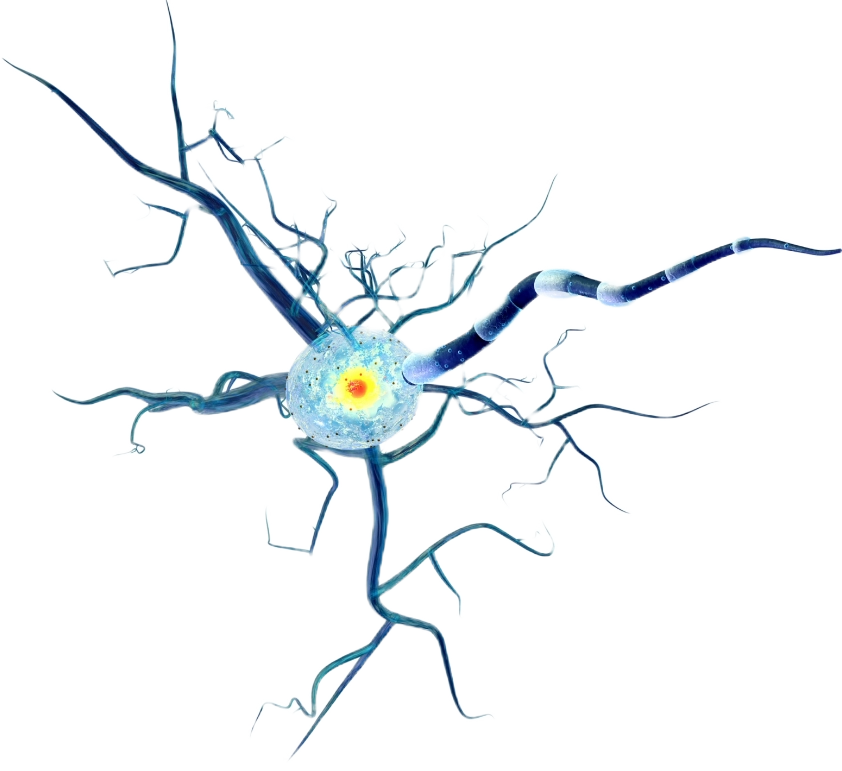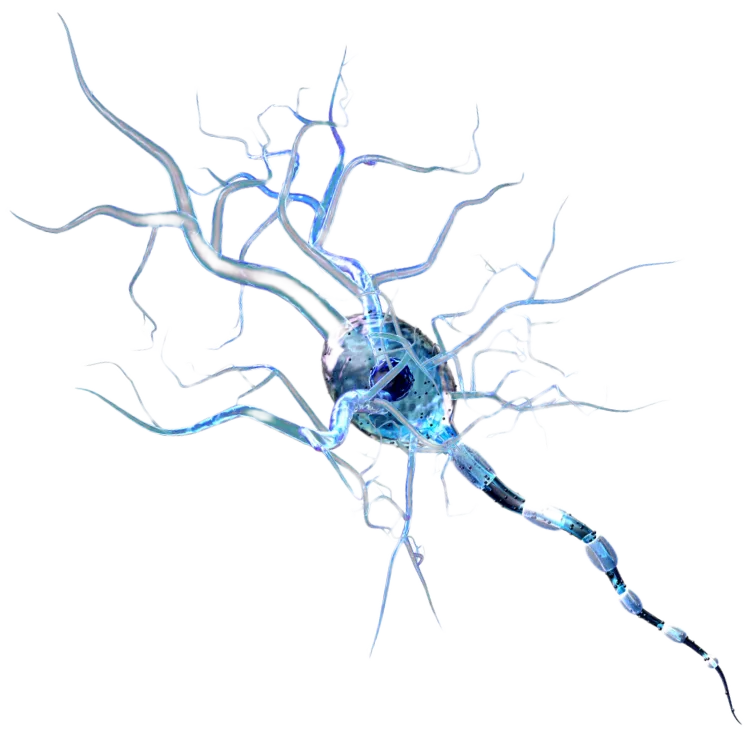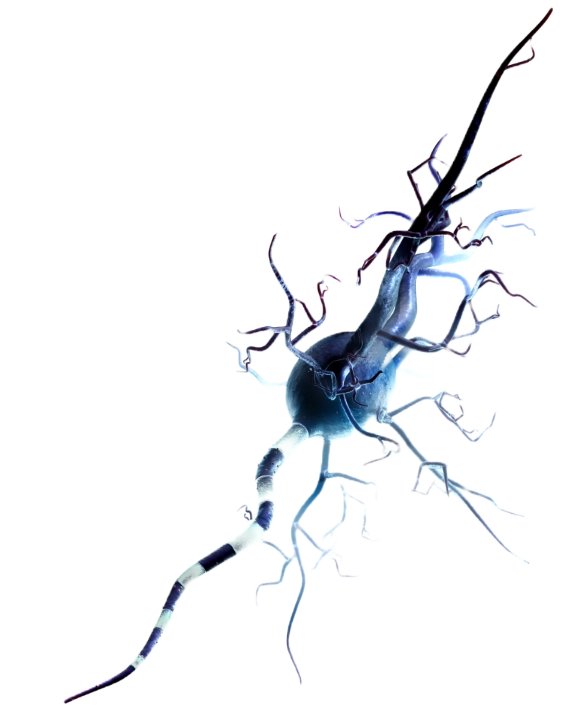NF-L
Neurofilament Light (NfL): Why This Blood Biomarker is Revolutionizing Neurological Disease Detection
What Exactly is Neurofilament Light (NfL)?
Neurofilament light (NfL) is a structural protein found within the axons of neurons, the long, slender projections that transmit electrical signals throughout the nervous system. It is one of three neurofilament subunits, alongside the neurofilament medium chain (NfM) and neurofilament heavy chain (NfH). NfL, being the most abundant of the three, serves as a sensitive indicator of axonal damage and neurodegeneration.
The Problem with Traditional Neurological Diagnostics
Traditional methods for diagnosing neurological conditions often involve invasive procedures like lumbar punctures to obtain cerebrospinal fluid (CSF) or expensive and time-consuming imaging techniques like MRI. These methods can be uncomfortable for patients, carry inherent risks, and are not always readily accessible, particularly in resource-limited settings. This has created a critical need for less invasive and more accessible diagnostic tools.
Shifting to Accessible Blood Biomarkers
The ability to measure NfL in blood samples (Blood Neurofilament Light Chain) represents a significant advance in neurological diagnostics. This shift away from CSF testing provides a less invasive, more convenient, and cost-effective way to assess neurological health. Measuring plasma NfL levels offers a readily accessible window into the ongoing processes within the nervous system.
NfL's Revolutionary Potential: A Paradigm Shift in Detection and Monitoring
NfL's revolutionary potential lies in its ability to detect subtle neuronal damage before the onset of overt clinical symptoms. This early detection capability offers the potential for earlier intervention, potentially slowing or even halting disease progression. Furthermore, NfL can be used to monitor disease activity, assess treatment efficacy, and provide valuable prognostic information.
Neurofilaments: The Structural Backbone of Neurons
Neurofilaments provide structural support to axons, ensuring their integrity and facilitating efficient signal transmission. They are essential for maintaining the health and function of the nervous system.
Understanding Axonal Damage and NfL Release
When axons are damaged or undergo degeneration, NfL is released into the surrounding fluids, including the CSF and eventually the bloodstream. The greater the axonal damage, the higher the concentration of NfL in these fluids.
The Journey to the Bloodstream: Why Plasma NfL Levels Matter
NfL's journey from the site of neuronal damage to the bloodstream makes it a valuable biomarker. Measuring plasma NfL levels provides a readily accessible means of assessing the extent of neuronal damage and disease activity.
NfL in the Central Nervous System vs. Peripheral Nervous System: What We Know
While most research on NfL has focused on its role in the central nervous system (CNS), there's growing interest in its potential relevance to peripheral nervous system (PNS) disorders. Though currently less researched, some PNS pathologies are being studied.
Correlating Blood NfL with Cerebrospinal Fluid (CSF) NfL Levels
Studies have shown a strong correlation between NfL levels in blood and CSF, further validating the use of blood-based NfL measurements as a reliable indicator of neurological health.
Transforming the Diagnosis and Management of Neurological Diseases
NfL has demonstrated utility across a broad spectrum of neurodegenerative diseases, offering valuable insights into disease processes and patient prognosis.
Alzheimer's Disease
Amyotrophic Lateral Sclerosis
Multiple Sclerosis
Parkinson's DIsease
Alzheimer's Disease and Cognitive Decline
*Monitoring biomarker to indicate the severity of neurodegeneration in AD
Tracking Disease Activity in Multiple Sclerosis
*Elevated NfL levels may predict MS disability progression
Monitoring Disease Progression in Amyotrophic Lateral Sclerosis
*NfL levels correlate with disease severity and progression
Parkinson's Disease and Other Movement Disorders
*Potentially aiding in diagnosis and monitoring disease progression
Spinal Muscular Atrophy (SMA)
*Monitoring disease progression and gauging the effectiveness of interventions.










